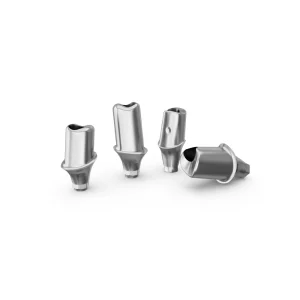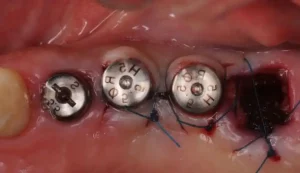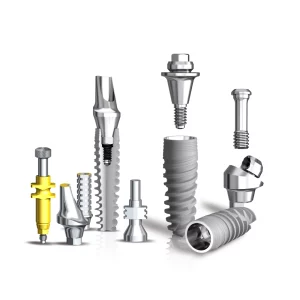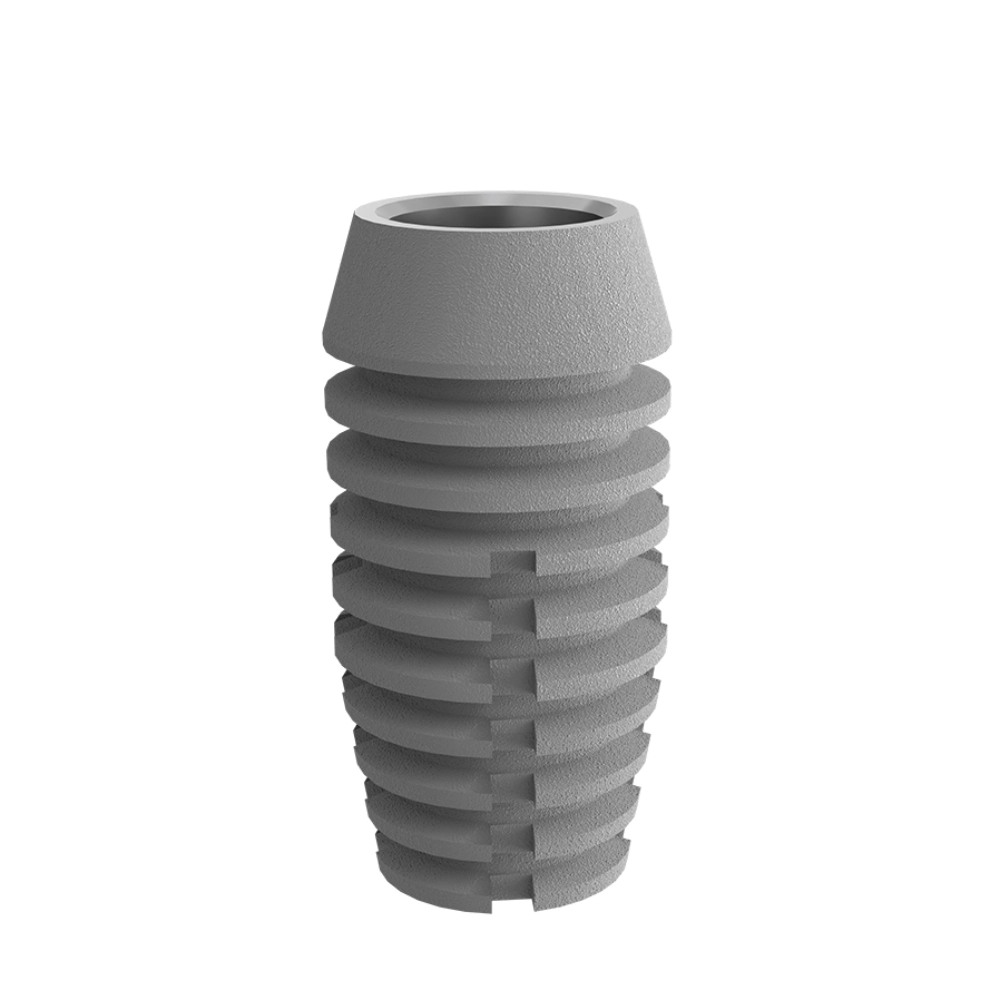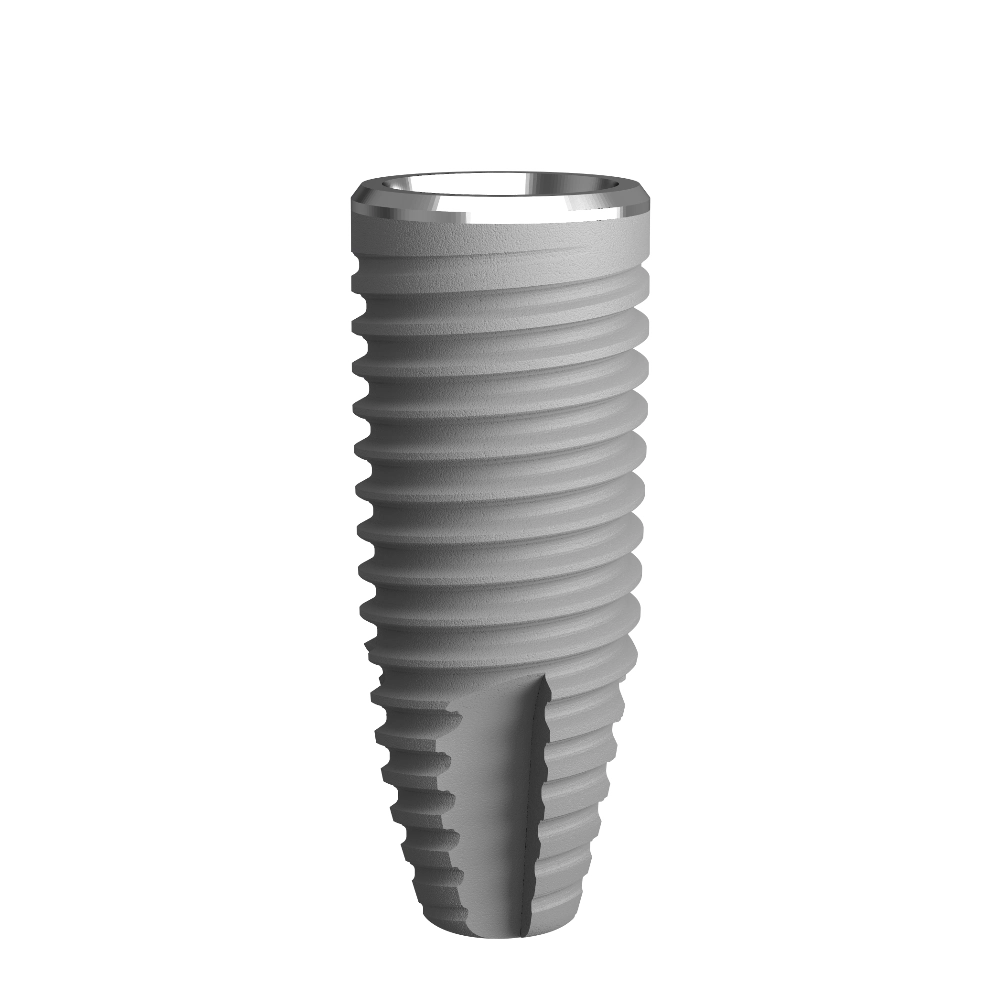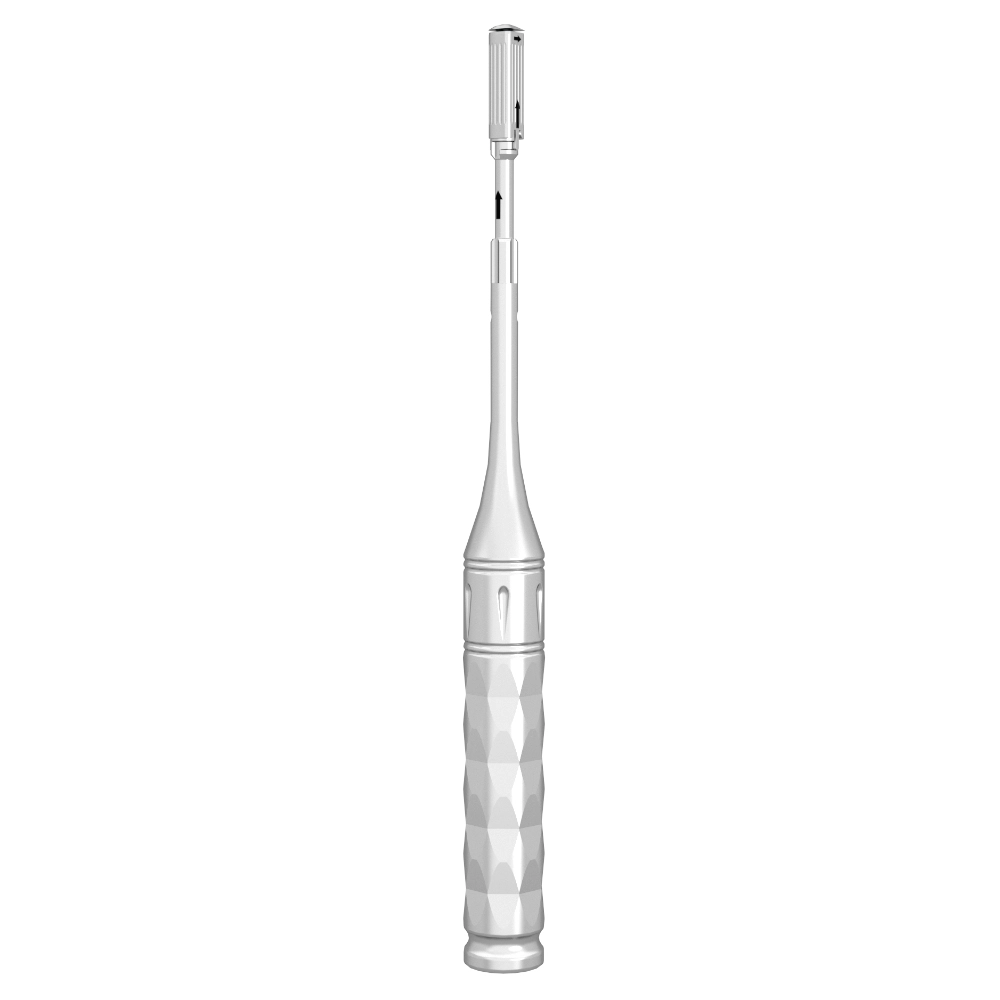
In our everyday lives, dental health is often overlooked, despite being an essential part of our overall well-being. Are you currently dealing with the discomfort of missing one or more teeth? If so, you’re not alone—and there’s no need to feel anxious. In fact, tooth loss is far more common than most people realize.
Teeth play a vital role in our bodies, and when one is lost, the effects can be significant and wide-ranging. Eating can become difficult, making it hard to truly enjoy your favorite foods. Chewing, once effortless, may now feel like a challenge. Speech may also be affected, potentially causing frustration or embarrassment in conversations. Even more importantly, missing teeth can negatively impact self-esteem, leaving many people feeling less confident in social situations.
From a medical perspective, tooth loss can lead to jawbone deterioration over time, which poses further risks to your oral health.
For those who are seeking to restore their missing teeth and regain a healthy, natural-looking smile, choosing the right treatment option is key. Among the most common solutions available today are dental implants and partial dentures. However, with both options offering different benefits, it’s easy to feel unsure about which one is right for you.
Let’s take a closer look and uncover the differences between dental implants and dentures—so you can make an informed decision about your smile and your health.
Dental Implants vs. Partial Dentures
Choosing the right tooth replacement solution is far from a simple decision—it’s a complex process that involves multiple factors. The best option for you should be based on a careful balance of considerations.
Cost is often a significant factor, as different treatment options can vary widely in price. Personal preferences also play a crucial role—your priorities regarding aesthetics, comfort, and ease of daily maintenance will directly impact your decision. The health of your jawbone and remaining teeth is another critical consideration, as these form the biological foundation for any restorative procedure and determine its feasibility and long-term stability. Additionally, systemic health conditions and lifestyle habits act as important puzzle pieces that must be factored into the final choice.
While dental implants and partial dentures differ in their mechanisms and procedures, they share many common goals when it comes to restoring oral function. Both can effectively help patients regain their ability to chew, allowing them to enjoy a wide variety of foods and maintain proper nutrition. They also play a key role in preserving facial structure—by supporting the soft tissues of the face, these solutions help prevent facial sagging and wrinkles that can result from missing teeth, maintaining a balanced and youthful appearance. Furthermore, both options can improve speech clarity and tone, helping patients feel more confident and natural in social interactions.
Wat zijn tandheelkundige implantaten?
Tandheelkundige implantaten are a restorative dental solution designed to replicate the structure and function of natural teeth. They offer a stable, long-lasting, and aesthetically pleasing replacement for missing teeth. Historically, the idea of replacing lost teeth dates back as far as 700 B.C., when early forms of artificial teeth were made from materials like human or animal teeth, or ivory. These early dentures rested only above the gum line and bore little resemblance to the natural structure of teeth embedded within the jawbone.
Modern dental implant technology has since made significant advancements. Today’s implants are surgically placed into the jawbone, mimicking the natural root structure of real teeth. There are two main types of dental implants currently in use: ceramic implants and titanium implants, with titanium being the more commonly used due to its durability and biocompatibility.
The Dental Implant Procedure
- Plaatsing van implantaten:
The first step in the modern dental implant procedure involves inserting a titanium or zirconia post into the jawbone. This post functions like the root of a natural tooth, providing a secure foundation. Under local anesthesia, the dentist carefully drills a precise hole in the jawbone at the site of the missing tooth and gently inserts the implant. - Osseo-integratie:
After placement, the implant must undergo a healing process known as osseo-integratie, which typically takes three to six months. During this time, the bone grows around the implant, firmly anchoring it in place—much like tree roots growing into soil. The success of osseointegration is critical, as it directly affects the long-term stability and lifespan of the dental implant. - Crown Placement:
Once the implant has fully integrated with the bone, a custom-made crown is attached to the implant post or abutment (the connector piece for titanium implants). The crown’s shape, material, and color are tailored to match the patient’s existing teeth, ensuring a natural look and feel. At this stage, the patient essentially has a fully functional new tooth that blends seamlessly into their smile.
Am I a Good Candidate for Dental Implants?
Dental implants are, by nature, a form of oral surgery—and their success largely depends on both your overall health and the condition of your mouth and jaw. If you have underlying health conditions that would prevent you from undergoing other types of surgery, you may not be a suitable candidate for dental implants either.
Here are some common factors that may make a person unsuitable for dental implant treatment:
- Roken
Long-term smoking can have a significant negative impact on oral health. Harmful chemicals in tobacco reduce blood circulation in the gums and weaken the immune response, increasing the risk of infection around the implant site. Smoking can also interfere with the process of osseo-integratie—the fusion between the implant and the jawbone—ultimately decreasing the implant’s success rate and long-term stability. - Teeth Grinding or Clenching (Bruxism)
Individuals who grind or clench their teeth, especially during sleep or unconsciously throughout the day, exert excessive force on their teeth. This abnormal pressure can stress the implant and surrounding bone, potentially causing bone loss, implant loosening, or even failure. Such habits can significantly reduce the lifespan of a dental implant. - Severe Jawbone Loss
A sufficient amount of healthy jawbone is essential to support a dental implant. If there is significant bone loss in the jaw, the implant may not achieve the necessary stability, and successful osseointegration becomes difficult. While bone grafting may offer a potential solution, it is only effective if enough bone can be rebuilt to provide the mechanical support dental implants require. - Osteoporosis and Ongoing Medication
Patients with osteoporosis often experience decreased bone density and compromised bone quality, which can weaken the bond between the implant and the jawbone. This is especially concerning for those undergoing medical treatment for osteoporosis, as some medications can further disrupt bone metabolism and increase the risk of implant failure.
Pros and Cons of Dental Implants
Voordelen
Significantly Improved Comfort
A 2019 authoritative study concluded that dental implants and implant-supported dentures offer far superior comfort compared to traditional dentures. Conventional dentures rely on neighboring teeth or gum tissue for support, often resulting in looseness or shifting during chewing or speaking. This can create discomfort and a foreign-body sensation. In contrast, dental implants are securely anchored into the jawbone like natural teeth, allowing patients to eat, speak, and function more naturally—greatly enhancing their overall quality of life.
Easier Oral Hygiene Maintenance
Removable dentures require daily removal for soaking, scrubbing, and detailed cleaning routines that can be time-consuming and still leave room for bacterial buildup. Dental implants, on the other hand, can be cared for much like natural teeth. With regular brushing, flossing, and routine dental check-ups, patients can maintain a clean and healthy mouth with less hassle and a lower risk of infection.
Durable and Long-Lasting
Dental implants are known for their outstanding durability. With proper care, implants can last a lifetime. The implant itself, which is inserted into the jawbone, is typically made from highly biocompatible materials such as titanium, allowing it to fuse securely with the bone. While the crown (visible part) may occasionally need replacement due to wear or impact, the implant base can remain intact and functional indefinitely.
Natural-Looking Aesthetics
Implants offer an excellent cosmetic result, closely resembling natural teeth. Dentists customize the implant crown based on the patient’s tooth shape, color, and alignment to ensure it blends seamlessly with surrounding teeth. In terms of color, shine, and contour, it’s almost impossible to tell the difference. Implants can also restore facial aesthetics, improve confidence, and help patients feel more comfortable smiling.
Supports Jawbone Health
Even the loss of a single tooth can lead to gradual jawbone deterioration, increasing the risk of neighboring teeth loosening or falling out. Missing teeth mean the jawbone no longer receives the natural stimulation it needs, which leads to bone loss. Implants act like natural tooth roots, providing essential stimulation to preserve bone density and structure. This helps prevent bone resorption, maintains jawbone height and width, and protects the stability of adjacent teeth from shifting or tilting.
Drawbacks
Requires Diligent Maintenance
Although implants feel and function like natural teeth, they require the same level of daily care. Poor oral hygiene can lead to peri-implantitis—an infectious condition similar to gum disease that affects the tissues around the implant. Symptoms may include red, swollen gums, bleeding, pain, and even bone loss. If left untreated, it could cause implant loosening or failure.
Requires Adequate Bone Density
Since implants are surgically placed into the jawbone, sufficient bone density is essential for long-term stability and successful osseointegration. Many patients with long-term tooth loss or periodontal disease may have compromised bone volume or density. While bone grafting is a viable solution, it adds to the complexity, risks, and treatment time—requiring additional months for healing before implants can be placed.
Higher Cost Compared to Other Options
Dental implants tend to be more expensive than traditional restorations like bridges or dentures. The cost reflects the use of advanced technology, high-quality materials, and a skilled dental team. Additionally, many basic dental insurance plans may not fully cover implant procedures, meaning patients may need to pay a large portion—or all—of the costs out of pocket. For those on a tight budget, this can be a significant barrier. That said, if implants are deemed the best treatment option for you, we’re happy to discuss flexible financial plans to help you achieve a healthy, confident smile.
Longer Treatment Timeline
Implant treatment is a multi-step process that takes time. If a bone graft is needed before implantation, patients may have to wait several months for the graft to fully integrate with the existing jawbone. After the implant is placed, another 3 to 6 months is typically needed for the implant to fuse with the bone before the final crown can be installed. This extended timeline requires patience and close collaboration with your dental team to ensure the best outcome.
What Are Partial Dentures?
Partial dentures are removable prosthetic devices used to replace missing teeth. They belong to the category of dental prosthetics, like full dentures, but serve a different purpose. While full dentures are designed for patients who have lost all their teeth, partial dentures are intended for those with only some missing teeth, replacing one or more missing teeth.
Structurally, a removable partial denture typically consists of a gum-colored acrylic base and attached replacement teeth. The acrylic base provides support and connects to a metal framework, which acts like a “bridge,” securely anchoring the partial denture to the adjacent healthy teeth. This setup allows the replacement teeth to function normally.
Types of Attachment for Partial Dentures
Traditional Removable Type:
This is the most common method of securing a partial denture. The denture remains stable through the contact and friction between the acrylic base, metal framework, and neighboring teeth. Although the denture may shift slightly during activities like eating or speaking, it typically does not interfere with normal use. The advantages of this method include a relatively simple fabrication process, lower cost, and the ability for patients to remove and clean it on their own.
For example, a patient missing one molar might receive a removable partial denture. Each night before bed, they can remove it and soak it in a cleaning solution, then wear it again the next morning. This helps maintain oral hygiene without affecting daily life.
Fixed Bridge (Permanent Restoration):
Another option involves placing crowns on adjacent teeth and anchoring the metal framework to them, creating a permanent restoration known as a “dental bridge.” This type offers superior stability, and patients rarely feel any looseness during use.
However, this method requires permanent alteration of the crowned teeth, including shaving down some of their natural structure. This may have long-term effects on the health of those teeth. For instance, to replace two missing front teeth, a dentist may file down the teeth on either side, place crowns on them, and attach the artificial teeth in between—creating a complete dental bridge.
Although this option provides a more secure and natural feel, patients should carefully consider the impact on the adjacent healthy teeth before proceeding.
Pros and Cons of Partial Dentures
Pros
Breed toepasbaar:
Partial dentures can be used to treat various patterns of tooth loss, whether a single tooth or several, whether consecutive or spread out. They are suitable for patients with a range of oral conditions. Even if the surrounding teeth are slightly loose or affected by periodontal disease, partial dentures can still be considered after appropriate treatment.
Lower Cost:
Compared to dental implants or other restorative methods, partial dentures are generally more affordable. This makes them a practical choice for patients with limited financial means who want to restore both function and aesthetics without high expenses.
Quick Turnaround Time:
The fabrication process for partial dentures is relatively straightforward and quick. From taking the impression to completing the denture, the process typically takes a short amount of time.
This makes partial dentures especially useful for patients who have lost teeth suddenly—such as from an accident—and need a fast solution to restore function and appearance.
Cons
Noticeable Foreign Body Sensation:
Due to components like the acrylic base and metal framework, patients may initially feel a strong sense of discomfort or foreign body sensation. It can take some time to adjust. During this period, patients may experience unclear speech or increased saliva production.
Challenging to Clean:
Gaps between the partial denture and oral tissues can trap food particles and bacteria. This makes oral hygiene more demanding. Patients must spend more time and effort cleaning both the denture and their mouth to avoid oral health issues such as cavities or gum disease. Poor cleaning habits can also shorten the denture’s lifespan.
Less Stability:
Compared to dental implants or bridges, removable partial dentures offer less stability. They may become loose or dislodged when chewing hard foods or during vigorous physical activities, potentially affecting normal usage.
Differences Between Partial Dentures and Complete Dentures
Suitable Cases
Partial Dentures:
Partial dentures are suitable for individuals who have lost only some of their teeth, whether it’s a single tooth or multiple teeth (contiguous or not). For example, if a patient loses two non-adjacent front teeth due to an accident, partial dentures can be used to fill the gaps, restoring both appearance and partial function.
Complete Dentures:
Complete dentures are designed for patients who have lost all of their teeth. When no natural teeth remain in the mouth, complete dentures become a vital means of restoring chewing ability, speech, and facial aesthetics. For instance, elderly patients who have gradually lost all their teeth due to chronic periodontal disease may require complete dentures.
Principles and Structure
Partial Dentures
- Working Principle: They rely on the remaining natural teeth for support and retention. Special components help anchor the artificial teeth in place to restore function and appearance.
- Structure: Typically composed of artificial teeth, a denture base (framework), clasps, and rests. The artificial teeth replace the missing ones; the base—often made of resin—connects the parts and resembles gum tissue; clasps and rests attach to neighboring teeth for stability. Think of it as a small bridge where the natural teeth act as pillars supporting the denture.
Complete Dentures
- Working Principle: These depend on close contact between the denture base and the oral mucosa to generate suction and atmospheric pressure, allowing the denture to adhere securely to the gum ridge.
- Structure: Mainly composed of artificial teeth and a large denture base. The base must cover the entire upper or lower alveolar ridge to create enough suction. Picture it as a suction cup that sticks to the gum through intimate contact.
Stability and Retention
Partial Dentures
- Stabiliteit: Generally better, as the natural teeth offer reliable support. During chewing, the denture is less likely to shift or wobble.
- Retention: Achieved through friction between clasps and natural teeth, suction between the base and oral mucosa, and mechanical locking. Clasps act like “mini clips” that grip neighboring teeth. However, their effectiveness can be influenced by the health of adjacent teeth and the condition of the jawbone. If nearby teeth are loose or decayed, retention weakens.
Complete Dentures
- Stabiliteit: Comparatively weaker, especially when chewing hard or sticky foods. Since there’s no support from natural teeth, the denture may loosen or shift.
- Retention: Primarily depends on the fit between the base and oral tissues, the extension of the base’s edges, and the patient’s oral condition. Gaps or poorly fitted edges reduce suction and retention.
Impact on Oral Tissues
Partial Dentures
- Impact on Natural Teeth: Clasps and other retention components may cause wear or scratches on adjacent teeth over time. Poorly designed dentures can exert lateral force, possibly causing tooth loosening or periodontal inflammation.
- Impact on Jawbone: Natural teeth help slow down bone resorption. However, the bone in areas without teeth will still resorb gradually, although usually less than in complete denture wearers.
Complete Dentures
- Impact on Oral Mucosa: Prolonged contact between the base and mucosa may cause pressure and friction, leading to redness, soreness, or ulcers—especially if the denture doesn’t fit properly or oral hygiene is poor.
- Impact on Jawbone: Without natural teeth, the jawbone lacks the necessary stimulation and gradually resorbs. As bone continues to shrink, the denture’s fit and retention may decline, requiring periodic relining or replacement.
Comfort and Aesthetics
Partial Dentures
- Comfort: May initially feel foreign in the mouth, but most patients adapt over time. Poorly designed clasps or components might irritate the oral tissues during speech or chewing.
- Aesthetics: Relatively good, as only the missing teeth are replaced, having minimal effect on overall appearance. Modern artificial teeth are highly lifelike in shape and color, closely resembling natural teeth.
Complete Dentures
- Comfort: Less comfortable due to the large base covering the entire alveolar ridge and parts of the oral mucosa, which may cause a significant foreign body sensation. Speech and chewing may be affected initially. Adaptation may take time, and early wearers might experience excess saliva, gagging, or discomfort.
- Aesthetics: Helps restore lower facial height and contour, improving the sunken appearance caused by tooth loss. However, the fine aesthetics may be slightly less natural than partial dentures, as artificial tooth alignment and color may differ from real teeth.
Kosten
Partial Dentures:
Generally more affordable. Prices vary based on materials, craftsmanship, and the number of missing teeth. Basic partial dentures may range from several hundred to several thousand RMB (or equivalent in local currency).
Complete Dentures:
Tend to be more expensive due to more complex design and larger material usage. Costs typically range from several thousand to tens of thousands of RMB, especially for high-end options made with premium materials and precise craftsmanship.

So, what’s the best missing tooth replacement option?
Dental implants have been gaining increasing popularity among both patients and specialists — and for good reason. Although their average cost is significantly higher than that of partial or full dentures, implants can theoretically last a lifetime with proper care and maintenance. Beyond their longevity, they also provide strong support to the jawbone, helping to prevent further tooth loss.
That said, dental implants aren’t the right choice for everyone. Some patients are concerned about the surgical procedures involved in the process, while others may simply prefer to avoid this path of restoration altogether.


